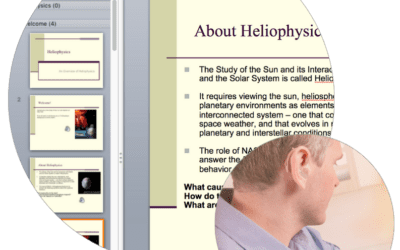New data reveal that 1 in 10 public-facing federal websites tested are not fully accessible to people with disabilities. This issue has gained attention following ongoing pressure from Senator Bob Casey, including letters, Aging Committee hearings, and investigations. Despite Section 508 of the Rehabilitation Act requiring the Department of Justice (DOJ) to report on federal technology accessibility every two years, the last report was over a decade ago. This gap has left Americans and federal workers with disabilities struggling to access vital information, services, and tools needed for their jobs.
DOJ’s Decade-Old Report Sparks Urgent Calls for Change
Washington, D.C. – After a decade of limited transparency, the DOJ has finally released new data on the accessibility of federal government technology. Section 508 mandates that DOJ provide biennial reports on federal technology accessibility. However, the latest data is the first update since 2012, leaving taxpayers concerned about government technology accessibility.
The new data aligns with Senator Casey’s recent findings that exposed significant barriers to accessing federal technology. While the report confirms widespread accessibility issues, Senator Casey criticized the data as incomplete and insufficient. He calls on the DOJ and the federal government to prioritize technology accessibility, improve transparency, and fulfill their commitment to Americans with disabilities, older adults, and veterans.
Key Findings Highlight Accessibility Challenges
Section 508 of the Rehabilitation Act requires federal technology to be accessible to people with disabilities. Unfortunately, barriers persist, affecting access to crucial resources such as COVID-19 information, VA kiosks, and other government services. The recent DOJ data collected with the General Services Administration (GSA) revealed:
- Accessibility Gaps: 10% of public-facing federal websites are not fully accessible. 60% of internal websites at major federal departments and agencies lack full accessibility.
- Agency Performance: Departments like Agriculture, Labor, State, and Veterans Affairs reported that over 50% of their public-facing websites do not meet federal accessibility standards.
- Testing Shortfalls: Some agencies did not report testing their internal websites. It’s unclear what steps are being taken to test other types of technology covered by Section 508.
- Resource and Staffing Issues: Agencies, including DOJ, Agriculture, Defense, and the EPA, reported inadequate resources and staff for implementing accessibility policies. This has contributed to the low number of employees supporting Section 508 programs.
Call for Enhanced Oversight and Transparency
The DOJ’s recommendations mirror those made by Senator Casey in his report, Unlocking the Virtual Front Door. He advocates for increased DOJ oversight and transparency regarding Section 508 compliance and better integration of accessibility into everyday federal operations.
Senator Casey is urging the DOJ to return to biennial reporting and to ensure future reports are comprehensive, following the model of the 2012 web accessibility report.
You may also be interested in Senator Casey’s work on the issue of federal government web accessibility.





